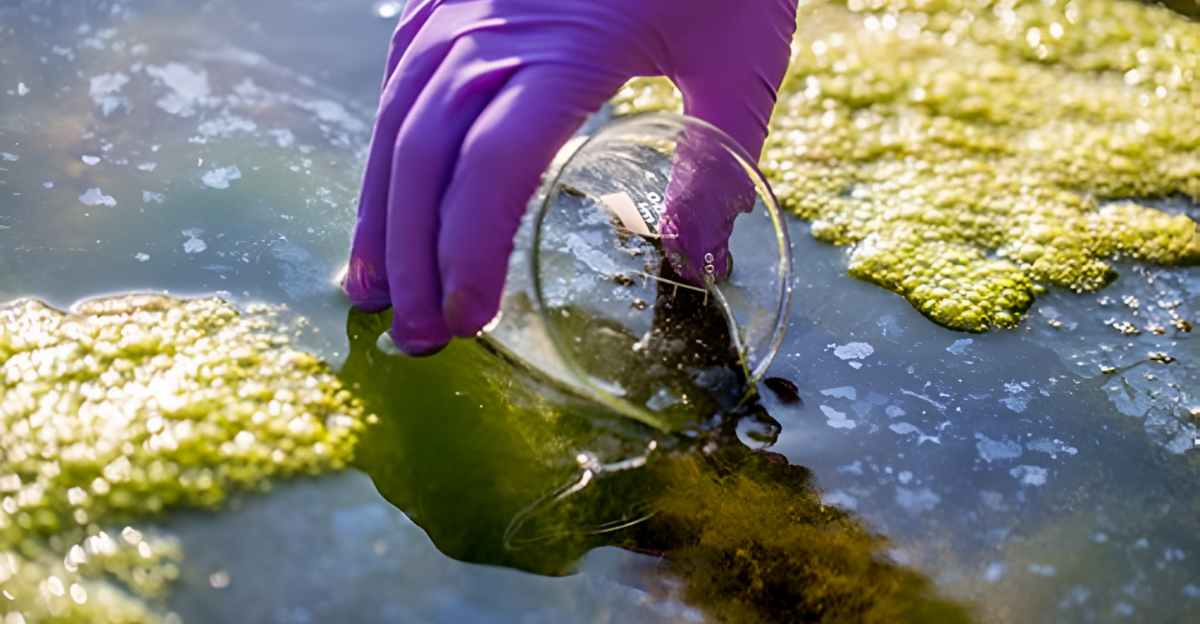
At the John Heinz National Wildlife Refuge in Philadelphia, a striking 12-foot art sculpture of a great blue heron made from recycled plastic bottles welcomes visitors, symbolizing the growing crisis of plastic pollution.
A new study conducted by scientists at Penn State University has revealed alarming levels of microplastics accumulating in freshwater sediments across Pennsylvania, including urban and rural sites.
These tiny plastic particles, less than 5 millimeters in size, are either manufactured at that scale or result from the breakdown of larger plastic debris. The findings highlight a persistent environmental threat linked to decades of increasing plastic production.
Rising Microplastic Levels Linked to Plastic Production Boom
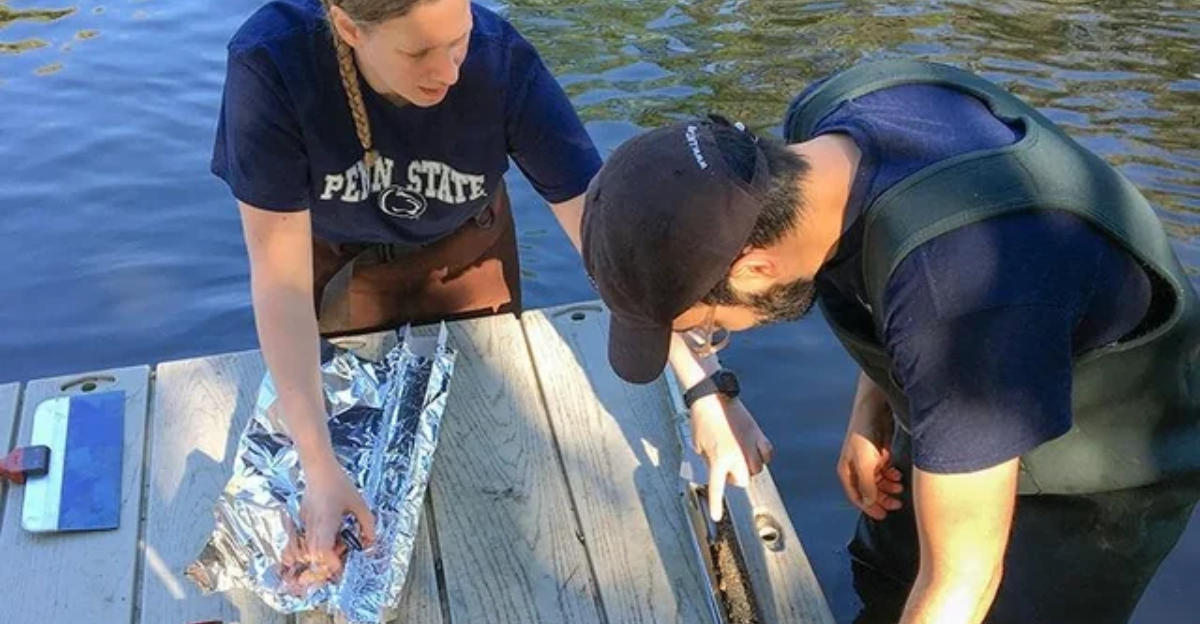
The Penn State study analyzed sediment samples taken from four Pennsylvania watersheds, including the John Heinz refuge and a rural reservoir, dating back to the 1950s.
Concentrations of microplastics rose steadily over the decades, in line with the worldwide spike in plastic production. This accumulation in freshwater sediments serves as a “sink,” trapping microplastics that slowly accumulate over decades.
The research is one of the first to follow microplastic pollution over time in freshwater systems, and offers key insight into how plastic waste infiltrates aquatic ecosystems.
Unexpected Findings in Rural and Urban Sites
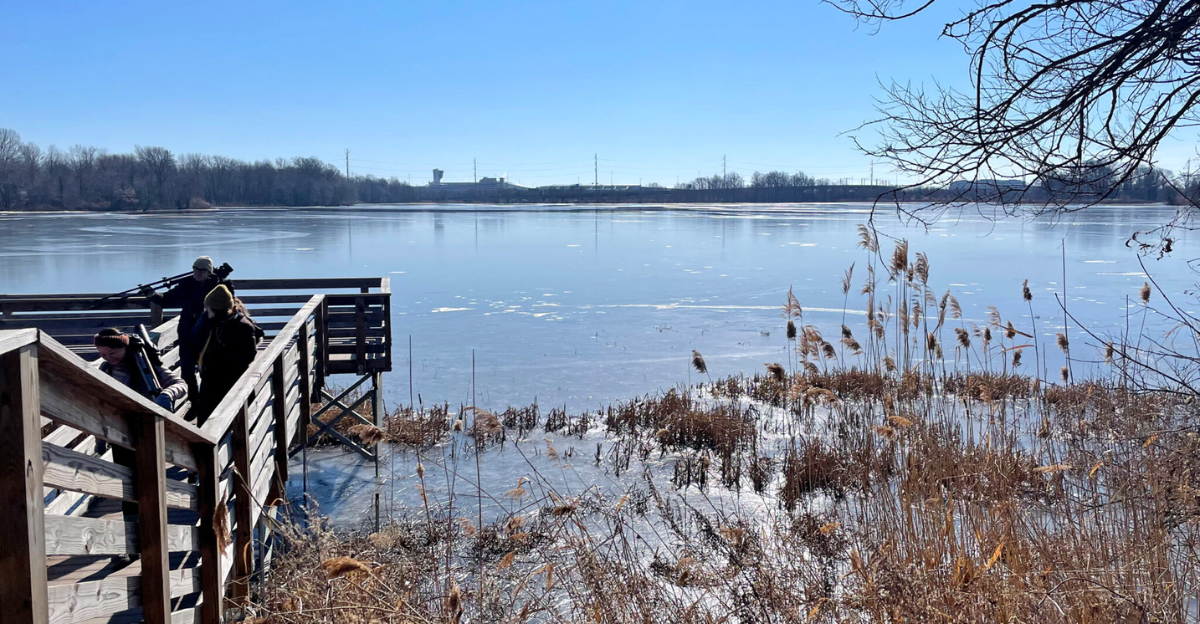
Lisa Emili, an associate professor of environmental studies and co-author of the study, expressed surprise at finding microplastics even in the remote reservoirs in central Pennsylvania, which were believed to be free of such contamination.
Sediment samples from the urban John Heinz refuge had surprisingly low levels of microplastics, which may be partly because Darby Creek is a tidal estuary and some microplastics are being carried out to sea, rather than settling. These results highlight the widespread and complex distribution of microplastics in diverse freshwater habitats.
Microplastics’ Toxic Threat to Wildlife and Ecosystems

Microplastics pose significant risks to aquatic life. They may contain hazardous chemicals and act as vectors for other pollutants that attach to their surfaces.
Fish and other animals eat these particles, which cause them to feel falsely satisfied, potentially leading to starvation. In addition, microplastics can disrupt reproduction and cellular function in animals, thus threatening biodiversity. The contamination also has cascading effects up the food chain, impacting species that eat fish, such as birds and mammals.
Challenging in Detecting and Preventing Contamination
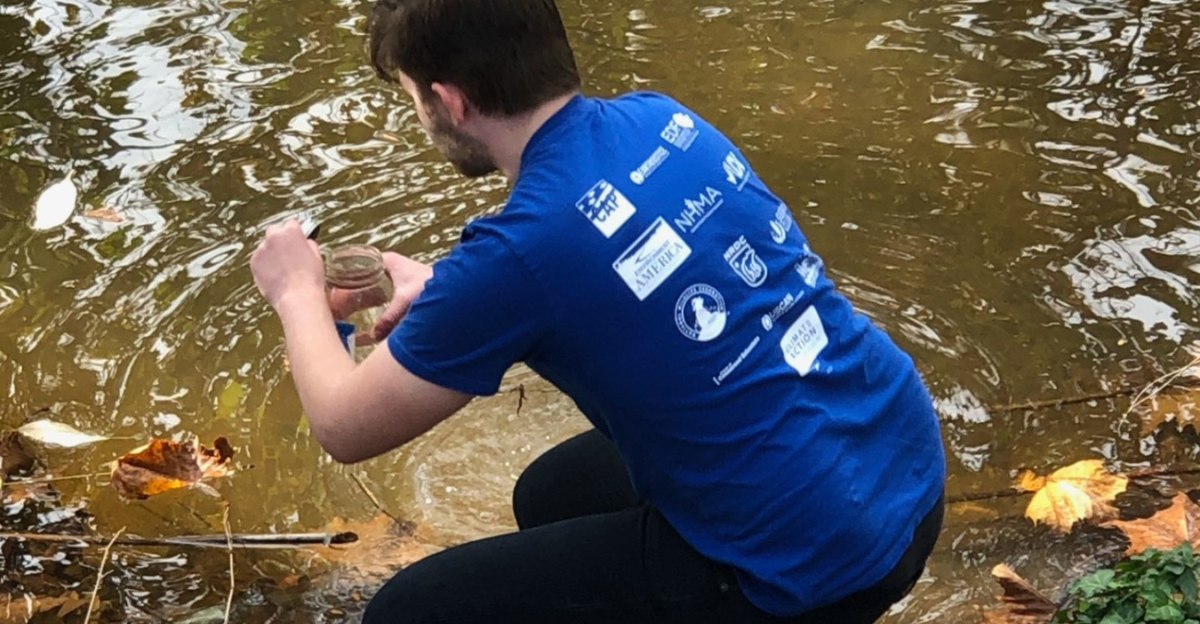
The omnipresence of microplastics complicates scientific and environmental management. Researchers must take extreme precautions to avoid cross-contamination during sample collection and analysis, such as using glass and steel equipment and wearing cotton lab coats.
Even synthetic clothing fibers can inadvertently contaminate samples. This ubiquity reflects how everyday products continuously shed microplastics, making complete removal from the environment nearly impossible
Communities’ Efforts to Combat Plastic Pollution
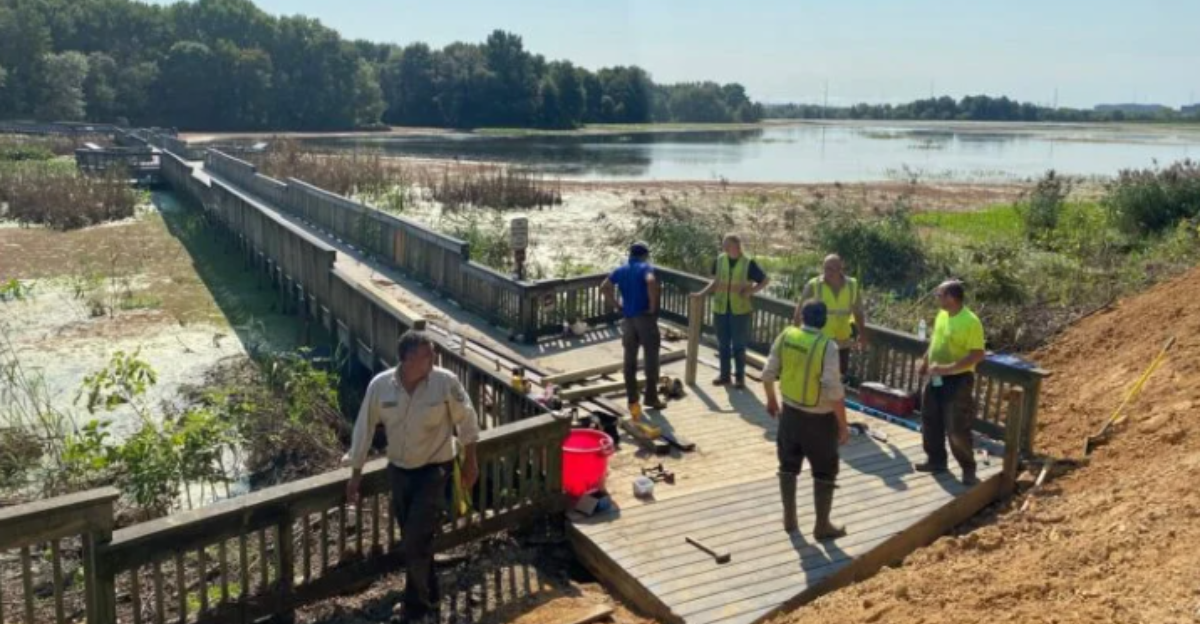
The John Heinz National Wildlife Refuge frequently organizes cleanups of plastic litter on site and has a plastics committee formed in 2020 to spread awareness. Volunteers like Carol Armstrong have seen astonishing collections of plastic debris, including layers several inches thick in natural vegetation.
Though some cleanup efforts have begun, the small size and persistent presence of microplastics have posed ongoing challenges. Volunteers remain concerned about the long-term impacts on the refuge’s plants, animals, and overall ecological health
Long-Term Implications and Comparisons to Past Pollutants

Some community members fear that microplastics could become a “new DDT,” in reference to the pesticide that devastated bird populations before it was banned.
The refuge is home to 122 bird species, including a nesting pair of bald eagles that have only recently begun to recover from the effects of DDT. The potential for microplastics to similarly disrupt wildlife populations highlights the urgency of addressing this pollution before irreversible damage occurs.
Policy and Industry Challenges in Reducing Microplastics
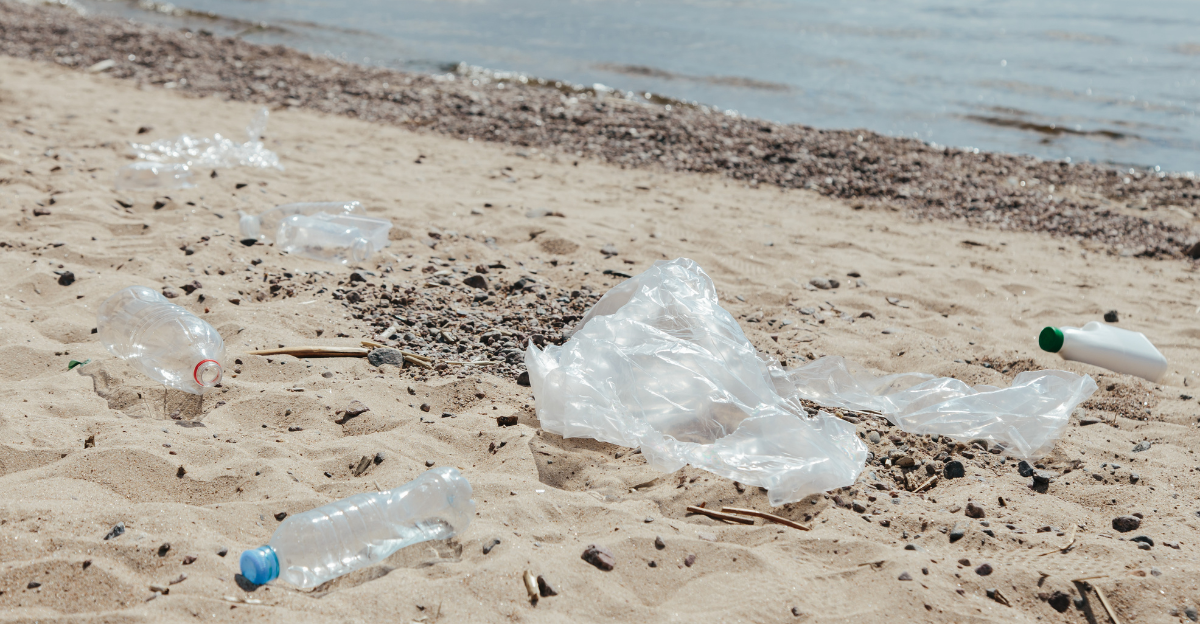
Experts say the best solution is to reduce plastic production and waste discharge into waterways. This would involve reducing single-use plastics and improving wastewater treatment regulations.
However, plastics manufacturers often oppose policies that restrict or limit production. Nonetheless, the amount of plastic waste produced in the U.S. has increased from 390,000 tons in 1960 to over 35 million tons in 2018, highlighting the magnitude of the problem.
Promising Signs and Future Research
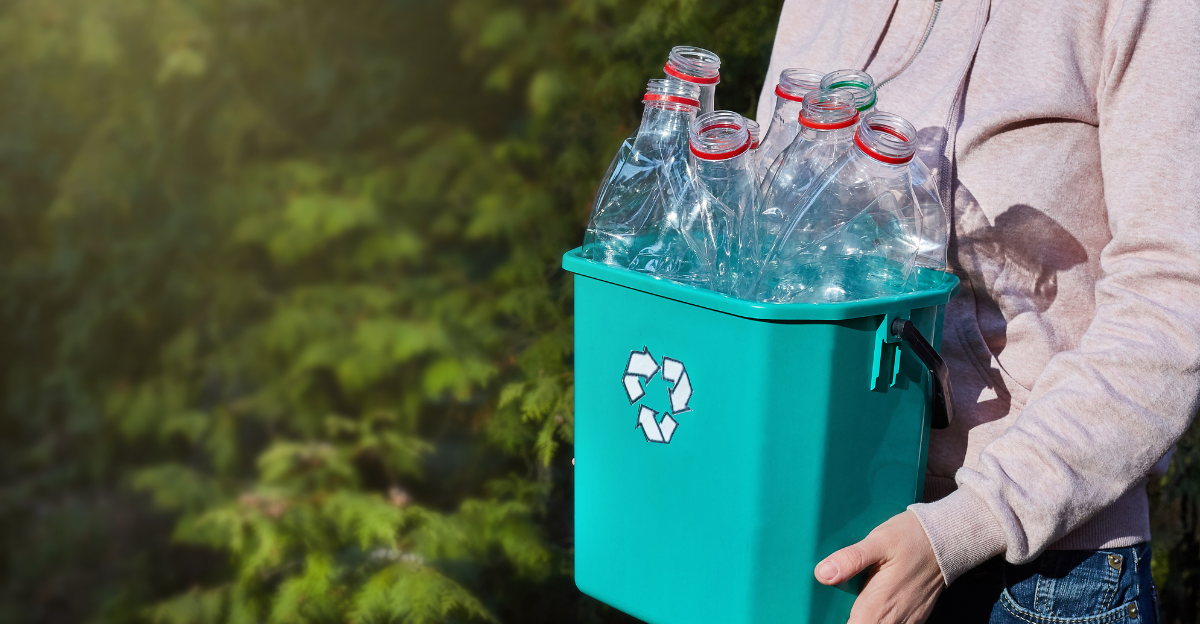
The study detected a small reduction in the levels of microplastics in samples after 2010, which may be associated with a rise in recycling. This pattern needs to be further explored but it implies that policy and behavioral changes may effectively decrease levels of plastic pollution.
Scientists are working to identify the types of plastic found in sediments, which will allow them to track the origins of pollution more accurately and inform an effective response.
A Call for Collective Action
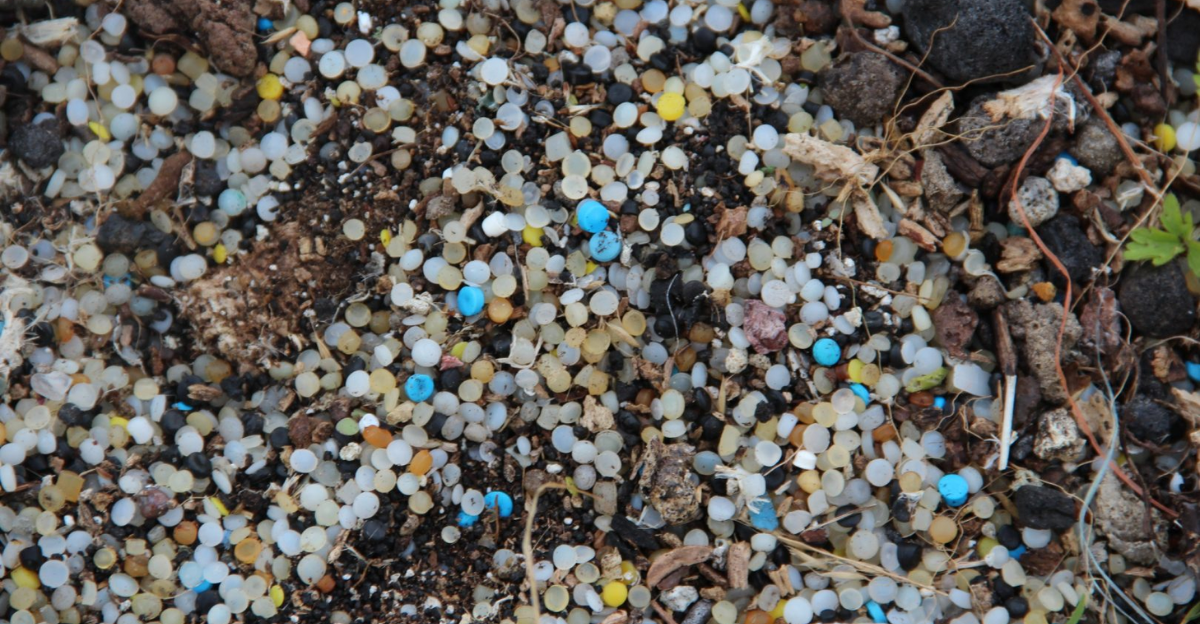
The widespread prevalence of microplastics in Pennsylvania’s freshwater habitats indicates a hidden but serious threat to ecosystems and potentially human health.
Despite community cleanup efforts and emerging research, the persistence and complexity of microplastic pollution demand coordinated action at local, state, and national levels.
Reducing plastic production, improving waste management, and raising public awareness are critical steps to safeguard wildlife refuges like John Heinz and the broader environment for future generations.
Explore more of our trending stories and hit Follow to keep them coming to your feed!

Don’t miss out on more stories like this! Hit the Follow button at the top of this article to stay updated with the latest news. Share your thoughts in the comments—we’d love to hear from you!







